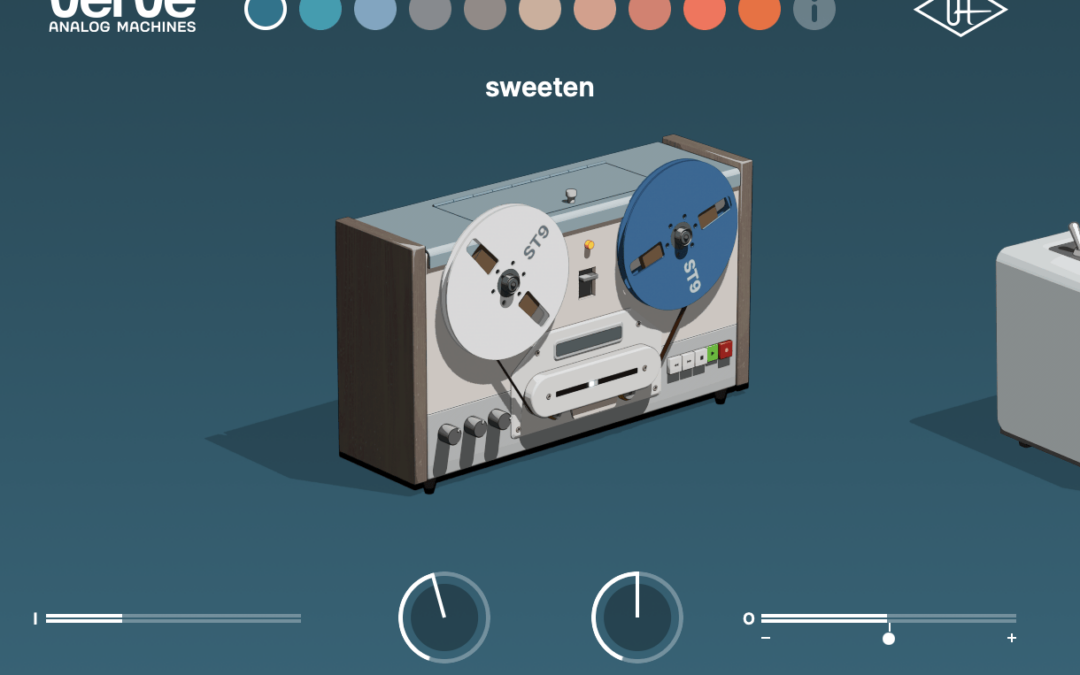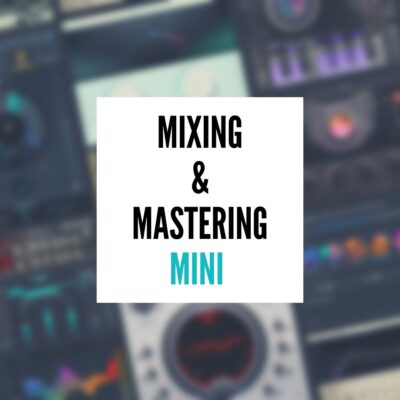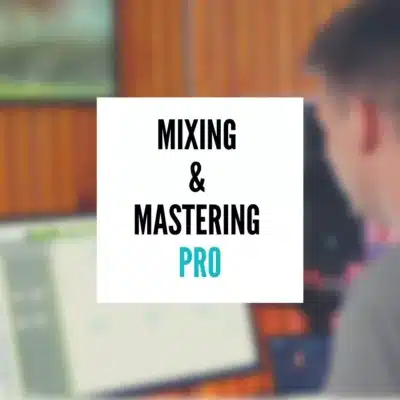In the ever-evolving world of music production, the quest for that perfect, vintage analog sound remains a holy grail for producers and engineers alike. Enter the Universal Audio Verve Analog Machines plugin, a tool that promises to bridge the gap between the warmth of vintage gear and the precision of modern digital audio workstations. As an audio mixing and mastering engineer, I’ve spent countless hours experimenting with plugins in search of the elusive blend of ease of use and authentic sound. The Verve plugin from Universal Audio caught my attention, and I decided to dive deep into its capabilities, the differences between its versions, and how it stands against the competition.
The Genesis of Verve
At the heart of Universal Audio’s latest offering is the Verve Analog Machines plugin, a tool designed to bring the essence of analog warmth into the digital realm. The plugin comes in two flavors: the Verve Essential, which is available for free until April 30th, and the full version, which offers an expanded set of features. The Essential version offers four analog machines, Sweeten, Warm, Thicken, and Vintage and one tone control. It provides a solid foundation for those looking to add character to their tracks without diving too deep into their wallets. On the other hand, the full version boasts ten analog machines and two tone controls, catering to those who seek a bit more depth and versatility in their sonic palette.
User Experience: Innovations and Annoyances
Diving into the Verve plugin’s user interface, both versions present a straightforward and intuitive layout. The drive knob is a central feature in both, but the full version adds secondary knobs like tone control for different machines, offering more nuanced adjustments. One point of contention, however, is the lack of an output control on the Essential version. While I appreciate the value provided by a free plugin, the ability to adjust the output level is fundamental. This feature’s absence somewhat limits the user’s ability to fine-tune the plugin’s integration into their mix. Providing such basic control, even in a no-cost offering, would significantly enhance its utility and encourage people to upgrade to the full version, which I’m sure is the goal for UAD.
Listening In: The Analog Emulation Test
To evaluate the plugin’s performance, I used “Heavyweights” by Trip Carter as a test track. This provided a consistent basis for hearing how each analog machine emulation affected the sound. From the subtle Sweeten to the more aggressive Fire Sputter, Verve demonstrated its ability to cover a broad spectrum of tones. The plugin emulates various tape machines and transformers, offering a wide range of sonic flavors.
What stood out during testing was the plugin’s ability to maintain settings for tone and drive as I switched between machines. This consistency is crucial for A/B testing different tones on the same track. However, the constant output level across different emulations was less ideal, highlighting a potential area for improvement in future updates.
Comparing the Classics
In a direct comparison with other Universal Audio plugins, Verve holds its own, capturing the essence of classic analog gear while offering a more streamlined experience. For instance, comparing Verve’s Sweeten setting with the Studder A800 revealed close similarities despite the latter’s more comprehensive control set. This demonstrates Verve’s strength in delivering authentic analog tones in a more accessible format. Watch the video to see the A/B test for the Studder as well as ATR-102
Final Thoughts: Balancing Innovation with Tradition
The Universal Audio Verve Analog Machines plugin is a solid addition to your digital toolkit, especially if you’re all about simplicity when crafting your sound. It’s awesome at giving your tracks that vintage analog vibe, but it might not satisfy the cravings of more seasoned users who want more control.
For folks like us who love getting hands-on and diving deep into the nitty-gritty of sound, Verve might feel a bit limiting. Not having features like output control in the Essential version or a mix knob for blending processed and dry signals can be a bit frustrating for those of us who like to fine-tune every aspect of our mix.
But hey, let’s give credit where it’s due. Despite its limitations, Verve still captures the essence of analog gear in a digital package.
So, while it might not be your first choice for every project, it’s still a handy tool to have in your arsenal, especially when you want to add some character to your tracks quickly without compromising quality. And who knows, you might even figure out some cool tricks to make Verve shine in ways nobody’s thought of yet.
Let me know your thoughts in the comments below, and if you are looking for mixing and mastering services, courses, and presets, make sure to reach out.






